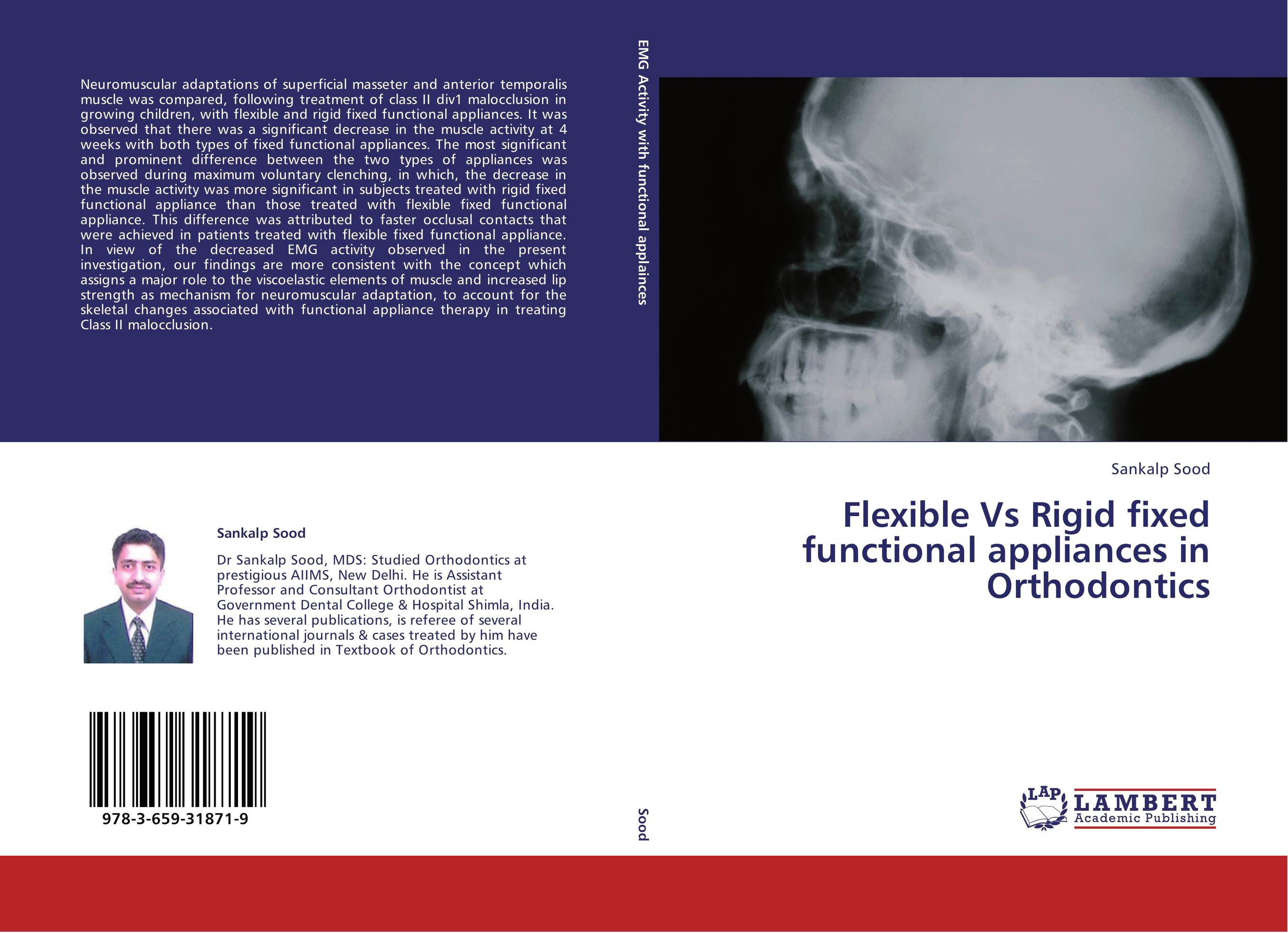| Поиск по каталогу |
|
(строгое соответствие)
|
- Профессиональная
- Научно-популярная
- Художественная
- Публицистика
- Детская
- Искусство
- Хобби, семья, дом
- Спорт
- Путеводители
- Блокноты, тетради, открытки
Flexible Vs Rigid fixed functional appliances in Orthodontics.

В наличии
| Местонахождение: Алматы | Состояние экземпляра: новый |

Бумажная
версия
версия
Автор: Sankalp Sood
ISBN: 9783659318719
Год издания: 2013
Формат книги: 60×90/16 (145×215 мм)
Количество страниц: 124
Издательство: LAP LAMBERT Academic Publishing
Цена: 37348 тг
Положить в корзину
| Способы доставки в город Алматы * комплектация (срок до отгрузки) не более 2 рабочих дней |
| Самовывоз из города Алматы (пункты самовывоза партнёра CDEK) |
| Курьерская доставка CDEK из города Москва |
| Доставка Почтой России из города Москва |
Аннотация: Neuromuscular adaptations of superficial masseter and anterior temporalis muscle was compared, following treatment of class II div1 malocclusion in growing children, with flexible and rigid fixed functional appliances. It was observed that there was a significant decrease in the muscle activity at 4 weeks with both types of fixed functional appliances. The most significant and prominent difference between the two types of appliances was observed during maximum voluntary clenching, in which, the decrease in the muscle activity was more significant in subjects treated with rigid fixed functional appliance than those treated with flexible fixed functional appliance. This difference was attributed to faster occlusal contacts that were achieved in patients treated with flexible fixed functional appliance. In view of the decreased EMG activity observed in the present investigation, our findings are more consistent with the concept which assigns a major role to the viscoelastic elements of muscle and increased lip strength as mechanism for neuromuscular adaptation, to account for the skeletal changes associated with functional appliance therapy in treating Class II malocclusion.
Ключевые слова: Functional Appliances, Neuromuscular adaptation, Class II treatment, EMG activity, orthodontics



